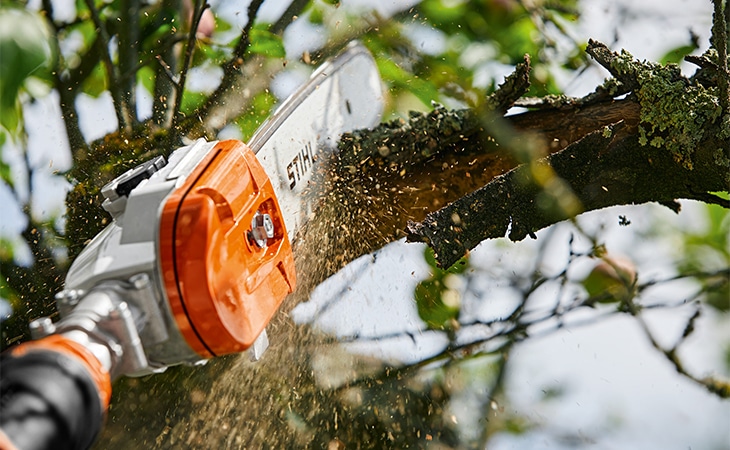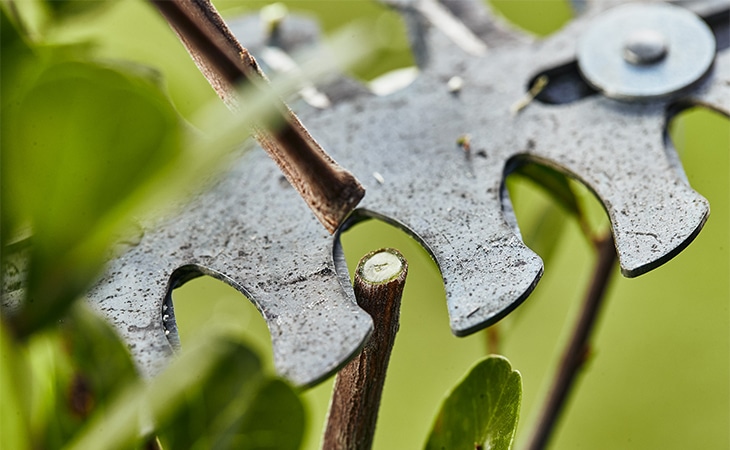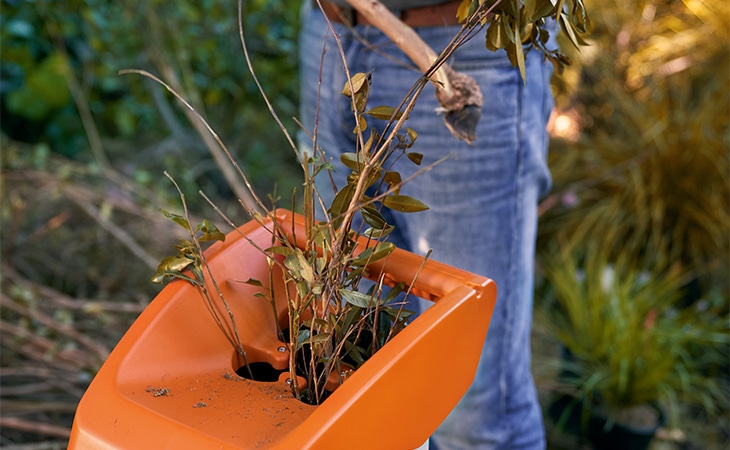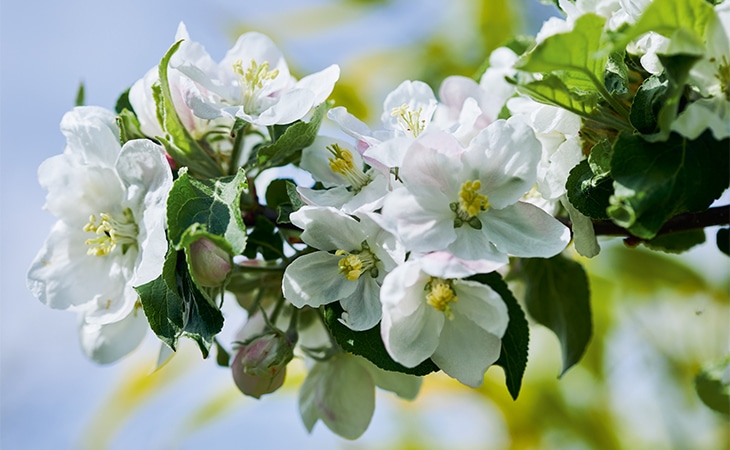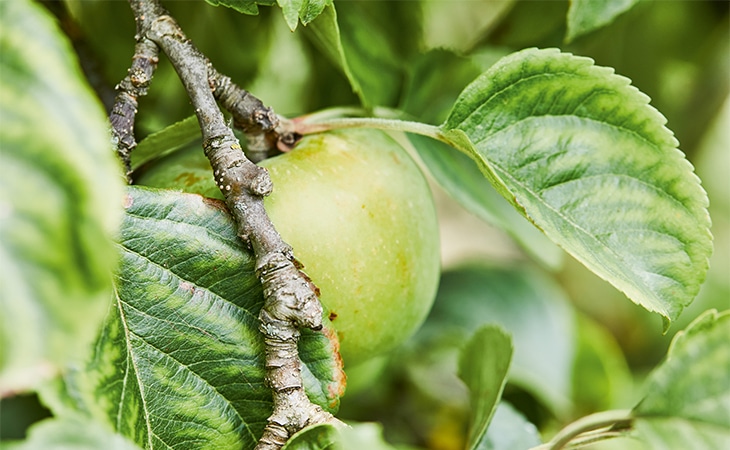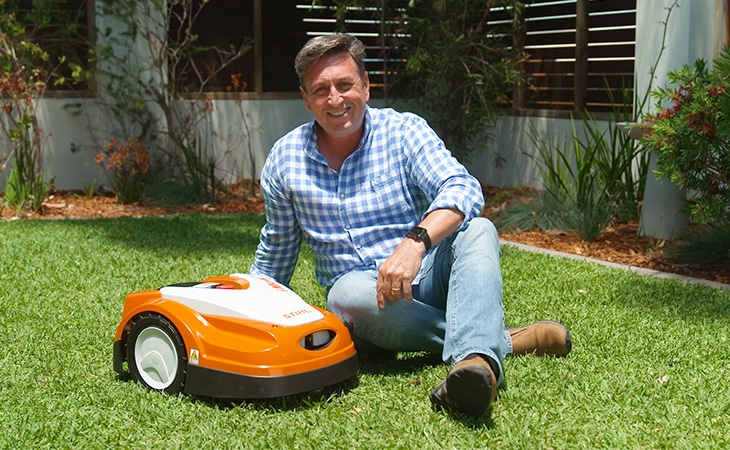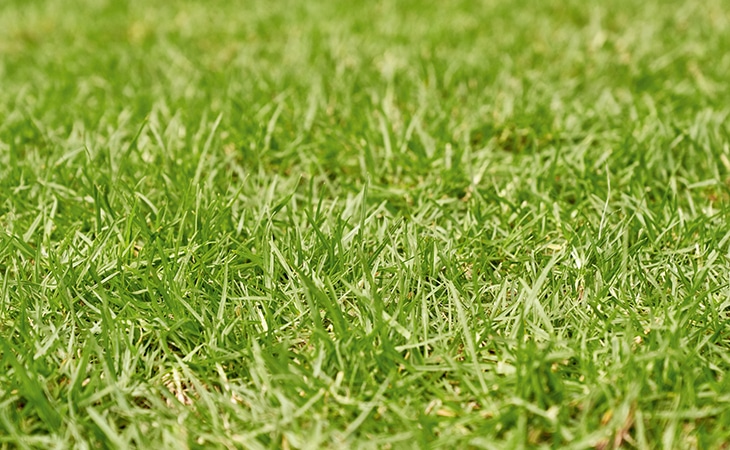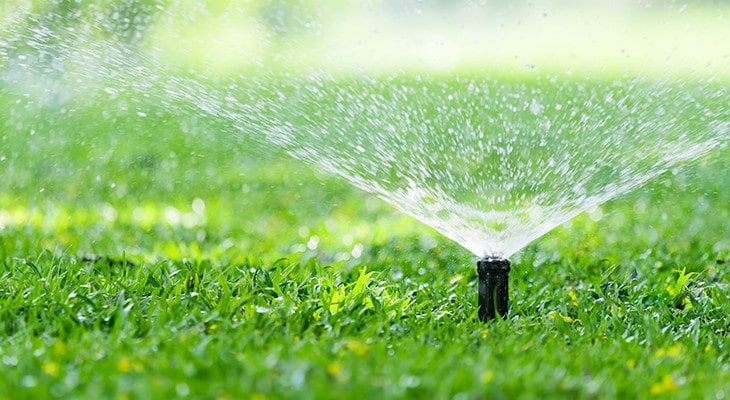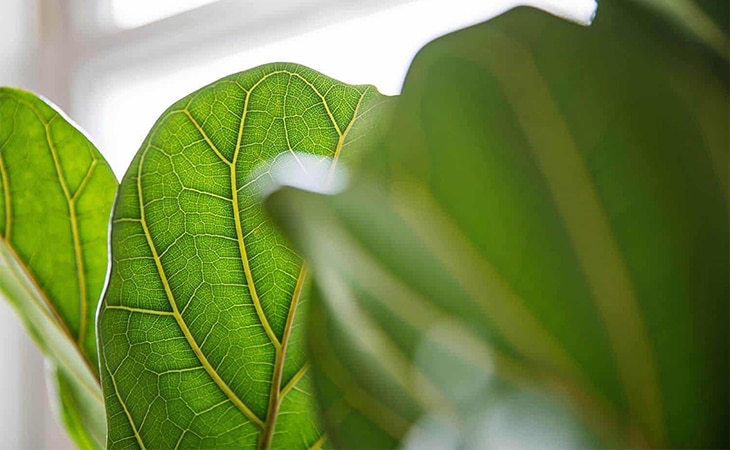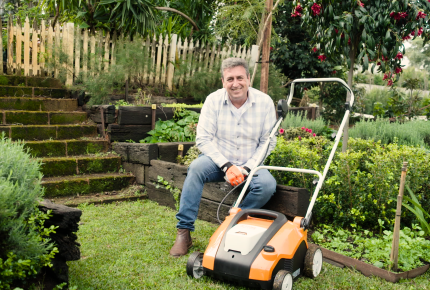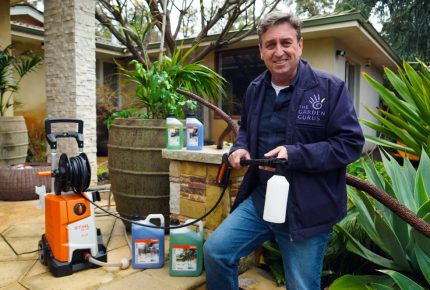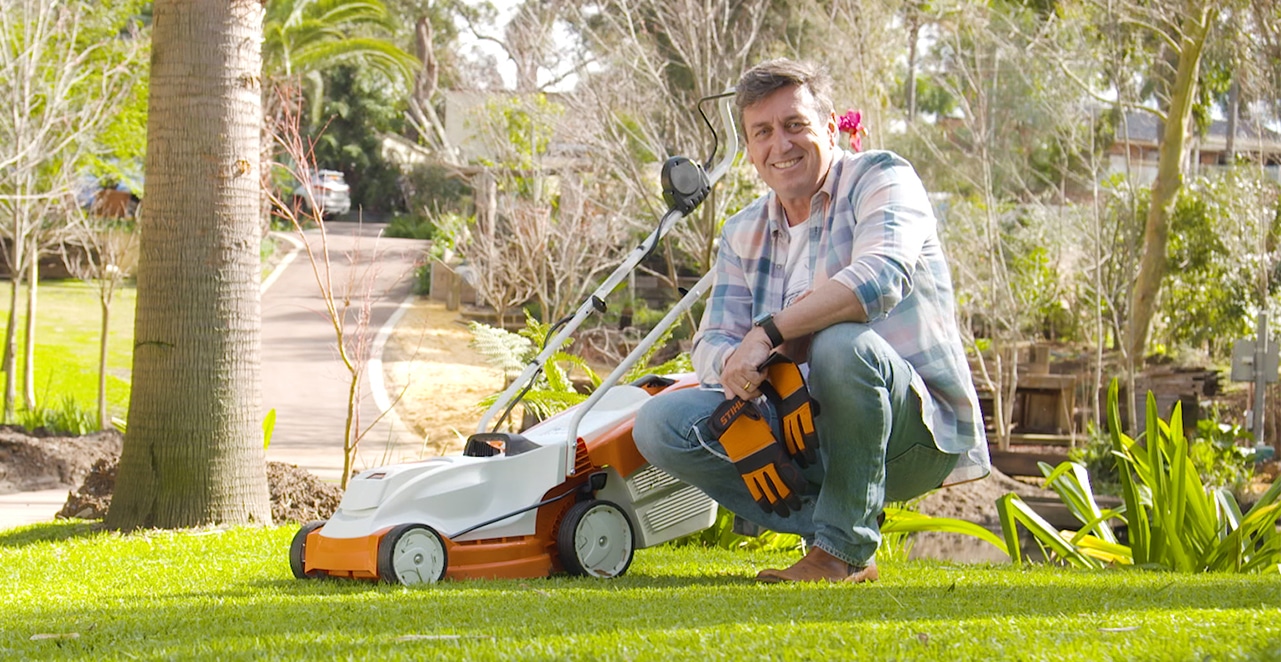
#Inspiration
Trevor Cochrane’s Summer Garden Guide
Gardens generally struggle in the peak of summer, however, there are a few very easy to employ strategies that will see your garden not only survive summer, but actually thrive through what can actually be the best growing period of the year.
Australia is a vast continent with many climatic zones, therefore the way we deal with summer in our gardens varies. For the sake of delivering more seasonally effective information and not over complicating the information, I’m drawing a line across the middle of the country with the warm sub-tropical climate location of Brisbane to Shark Bay on the WA coast being the middle point. If you’re geographically placed above this line, its highly likely summer means warm to very hot conditions and high rainfall.
Southern states are hot and dry through summer as a general rule, and the only thing that dramatically changes this is the southern hemisphere weather cycles described as La Nina and El Nino.
HEDGES AND PRUNING
For those based in the north, this is a time when fungal diseases can impact some plants and heavy rainfall events can occur, breaking and damaging trees and shrubs, impacting their structure and appearance. It’s a good time to reduce the length of branches. Doing so will reduce their vulnerability to extreme conditions.
Thinning leafy shrubs out is also wise. This can be a strategy for plants like roses where you take every second leader branch out from the main structural branches. Leaders are the branches that produce flowers and foliage. It’s the density of foliage we are attempting to thin out here, and the result will be less risk of fungal disease and bigger better flowering. Please note that this strategy in vastly different to the southern states!
Hedges are susceptible to fungal diseases like powdery mildew in high humidity, and this can cause rapid defoliation and dead patches. Keeping your hedges trim and tight in humid situations is going to allow for better airflow through the foliage which in turn reduces risks of die back or defoliation issues.
Remember to pop all your green waste from the garden through a shredder or mulcher and throw it across your garden beds. That material is vitally important for increasing soil carbon which in turn increases microbial life and generally fertility of soil. It’s also important to remember, all the energy produced by the plant to grow the material you are pruning, all the minerals derived from the soil from the nutrients you provide in fertiliser and all the carbon taken from the atmosphere is in that green material.
In hotter drier conditions experienced in the Southern states, you’ll want to ensure you have a reasonable canopy over the outside boundaries of your garden. This will act as a cooling point, baffling airflow from strong winds, increasing humidity in the garden and shading the ground below leaving you feeling more comfortable when outdoors. The shade also reduces moisture stress in the garden which means better water retention and larger lush healthier foliage underneath the shade canopy.
You definitely need to trim your flowering plants regularly, particularly roses that will flush growth after every prune and subsequently produce spectacular flowering results. The only major exception to this rule is summer fruit, things like Apricots, Peaches, Nectarines and Pome Fruit such as Apples, Nashis, Qunice and European Pears which benefit from a structural prune after they have finished fruiting. This was once something only done in the winter but modern practices see orchardists prune to shape in summer and lightly prune to enhance fruit set in winter.
Hedges are at their best in summer and this is when you let them grow a little thicker as the extra foliage builds up the inner strength of the hedge. You don’t want to lose control, but definitely let the hedge flush new growth and get a bit fuller.
FEATURE TREES
In the north of the country, you’re going to see some amazing plants hit their peak. Frangipani, Poinciana trees and Golden Shower trees will all flower at different stages of summer bringing spectacular summer flower displays.
In the south, trees highlights include the spectacular Illawarra Flame Tree, the Jacaranda which herald summers arrival across the country and the beautiful grafted hybrid gums that remain small and provide an incredible source of nectar for bees as they work hard to build up honey reserves in the hive.
As far as dry climates go, summer is when dry patches in the garden appear and the month of December is when you should apply wetting agents to the soil to reduce hydrophobicity, or water repellency in garden beds and patches in lawns – a serious set-back risk to all plants.
LAWNCARE
Lawns love warm and wet conditions. Feeding is again very important and professional turf growers, and greenkeepers looking after bowling greens, golf courses and parks all make sure they have their fertilising regimes down pat using slow release technology to avoid growth spurts and excessive growth, encouraging strong steady growth. I apply Lawn Builder which feeds steadily over three to four months in December and again in March. Remember; a strong and lush green lawn outcompetes weeds.
The real trick with lawns in the summer months is mowing. If you get out and mow once a week, your lawn will love you for it. If you mow twice a week, your neighbours will stop at your front gate and admire with envy. If you mow three times a week with a cylinder mower, your local bowls club will ask if they can borrow your front lawn on Thursdays. If you’re busy making the most of your garden during the warmer months, the best advice I can give you is to check out STIHL’s new range of robotic mowers. Not only will it allow you to achieve that picture perfect lawn finish, it will do so without taking up time you’d rather be spending in the garden working on other projects.
Summer is the time to get your lawn performing well and the three key factors are definitely water, mowing and feeding. In the north, mowing heights should be set lower during the summer as this will reduce risk of fungal disease, plus this is often when reptiles make their way into sunny bright positions and you want to make sure you have great line of sight. If the area is open and exposed to the elements of wind and sunlight, they won’t stay for long as predators will spot them easily.
In the south, you want to let your lawn grow a bit longer as this will reduce drying out and slow down excessive water consumption on the hottest days. Raise your mower to the second highest setting and let it thicken up over the height of summer before reducing it in autumn to mid-level setting depending on the grass species you have. One thing I love about my iMOW is that it can be adjusted to suit the season, which also means it will work a treat on any lawn type regardless of which state you reside in.
WATERWISE GARDENING
As a guide, in the north you don’t need to water your lawns and garden now as heavy rainfall will drench the soil. However, should you have dry periods, get out with the hose and give your plants a deep drenching. I’ve always found this a most rewarding and relaxing activity with a glass of wine, and research suggests this is a brilliant way to reduce hypertension (not the wine component of that story).
In the south, the most important activity you have to do weekly is check your irrigation system. Broken sprinklers, leaky pipes etc. are a serious risk and you cannot afford to ever let your plants or lawn dry out.
Indoor & potted plants
These plants are all growing well in summer. Whilst rainfall may influence performance outdoors, indoors plants are positively impacted by available light, and summer delivers a high number of bright sunny days. Increased sunlight combined with warm conditions will increase the amount of water your plants require which also creates the perfect conditions for fertiliser.
Whilst I use wetting agents to get water penetration into the soil evenly in pots, I stimulate growth by using a controlled release plant food like Osmocote for Indoors, and liquid plant food like Osmocote Pour and Feed, a clever liquid plant food that is applied at recommended rates fortnightly which will see your indoor plants grow strongly and likely double in size over the summer months.
For all the tools you need to keep your garden trim and thriving through summer, click here to view the full range, or, visit your local STIHL Dealer.

